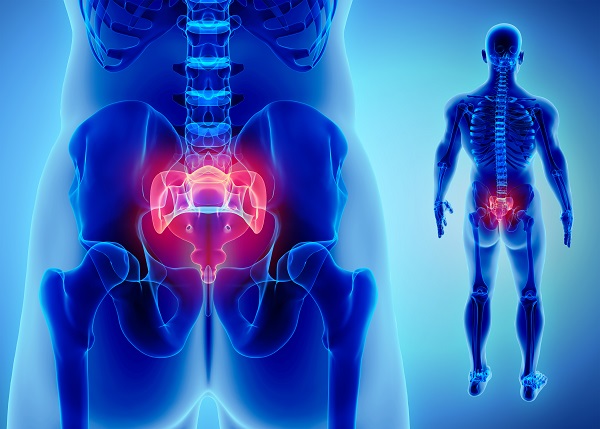3 Powerful Exercises for Sciatica Pain Relief

The sciatic nerve is the longest nerve in the human body. It runs from the lower back, through the buttocks, and down the legs, ending just below the knee. This nerve controls several muscles in the lower legs and supplies sensation to the skin of the foot and the majority of the lower leg. Typically, sciatica affects only one side of your body.
The most common cause of sciatica is a slipped (herniated) disk, a narrowing of the spine canal (called spinal stenosis), and injury. This causes inflammation, pain and often some numbness in the affected leg. When we suffer from inflammation in the sciatic nerve, the pain is absolutely terrible. Many people experience pain so deep that they cannot even stand when they have sciatic nerve attacks.
Some other symptoms of sciatic pain are tingling or muscle weakness in the affected leg or foot. You might have pain in one part of your leg and numbness in another part. This pain can range in severity and may be aggravated by sitting for long periods. Additionally, a condition known as piriformis syndrome may also be related to sciatic nerve pain. Even herpes infection can lead to sciatica.
People who don’t do exercise regularly and, those who are overweight, are most likely to develop this type of problem. Also, those who lift too much weight or put force on their backs while sitting for long periods of time are at risk.
In this video we will show you how to strengthen your sciatic nerve with some therapeutic exercises.




Stretching out your body and lying flat is good after finishing the exercise.
Note: Consult your doctor before doing these exercises as there are different treatments for different types of sciatic nerve inflammation.
So, it’s important to know that what exercises are best for you.
